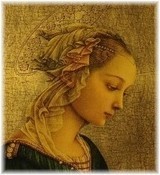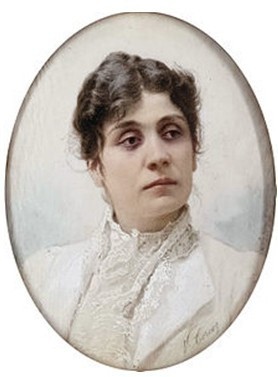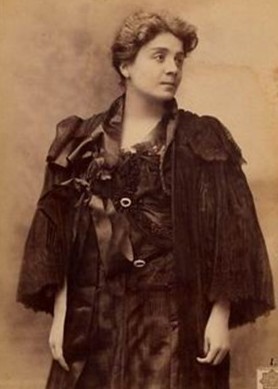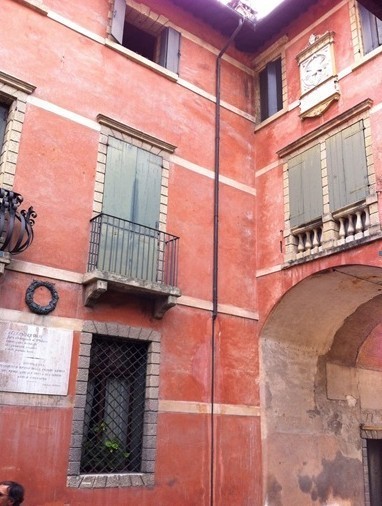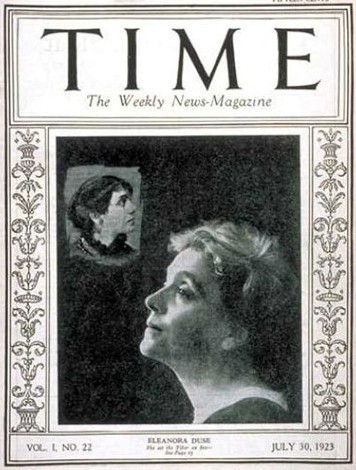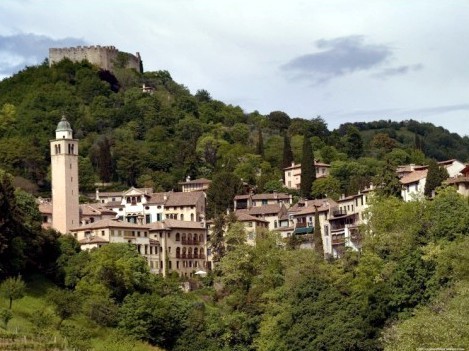Siobhan Daiko's Blog, page 19
April 15, 2013
“In My Lady’s Shadow”
The early chapters of my current WIP have been posted on YouWriteOn for feedback purposes. Here is the link.
The novel is set in the Veneto, mainly in Asolo but some chapters are in Venice. I should be grateful for any comments/feedback.


April 4, 2013
Dame Freya Stark’s Villa in Asolo
Yesterday, on our way back from taking visitors to Venice airport to catch their plane home, Victor and I stopped off for a pizza in Montebelluna then went for a coffee (macchiato for me and corretto con grappa for his nibs) followed by a walk around our beloved Asolo. We took pictures of Dame Freya Stark’s old villa, which is now owned by the local Comune and used for official functions. We’ve decided to visit the gardens when the weather gets a bit warmer.
Freya Stark was a British explorer and travel writer, born in 1893, and a great friend of the late Queen Mother, who visited her in Asolo. Dame Freya was inspired by the copy of One Thousand and One Nights she received at the age of nine. She became passionate about the Middle East and was one of the first Western women to travel in the Arabian Desert.
During her childhood, Freya was a regular visitor to Asolo, where her father’s friend, Pen Browning (son of Robert Browning), had three houses. Her parents separated when she was a child and her mother Flora lived with the landscape artist Herbert Young in the house Freya was to buy for herself after WWII. These photos are displayed on the outside wall of the villa and show the young Freya with her sister, Vera, and a tea party with her mother (and dolls) in the garden (under which have been discovered the remains of a Roman amphitheatre).
It’s a beautiful old villa, dating from the end of the Eighteenth Century, built along the pre-existing medieval town wall. Dame Freya lived here until 1966, when she moved into the country house my stepfather built for her. I remember meeting this fascinating woman. She invited my little sister and me for afternoon tea and a swim in her pool. (She approved of the fact that we were avid readers.) When the house became too much for her she sold it and bought a flat in Asolo, near the Hotel Cipriani where she had lunch every day. Dame Freya died in Asolo on 9th May 1993, a few months after her hundredth birthday. She is buried in the Sant’Anna Cemetery.


March 18, 2013
Eleanora Duse and Asolo
Asolo has been a refuge for artists and writers over the centuries. My father, Douglas Bland, was one of those artists. Eleanora Duse, La Duse, was an actress, famous at the end of the nineteenth and early twentieth centuries. She lived in Asolo and is buried in the Sant’Anna cemetery. Whenever anyone in my family behaves in a dramatic way, we tell them they are acting like Eleanora Duse.
Her casa, at the entrance of Via S. Caterina, was restored by my step-father, a local builder.
We attended an unforgettable New year’s Eve party in the house some years ago and it was amazing to be in the same rooms that once housed the divine Duse, the first woman (and Italian) to be on the cover of Time Magazine.


March 2, 2013
Caterina Cornaro’s Castle in Asolo
In 1489 the fiefdom of Asolo was given to Queen Caterina Cornaro (1454-1510), when she was exiled here from her kingdom of Cyprus by the Republic of Venice. I love to stroll around the castle ruins and imagine what her magnificent court was like. There would have been pages, ladies in waiting, servants, courtiers, knights, jesters, guards, priests, artists and musicians. Here I know she gathered around her writers such as the Venetian humanist Pietro Bembo, who wrote Gli Asolani, a dialogue on courtly love. (Bembo later frequented the court of Lucrezia Borgia in Ferrara.) Luigi Da Porto was Caterina’s poet and subsequently penned the novel on which Shakespeare based Romeo and Juliet. The artists Giorgione and Gentile Bellini were also part of this idyllic scene. I can picture the magnificent dinners serenaded by musicians and singers. Sadly, it all came to an end in 1509 when the League of Cambrai invaded and sacked Asolo. Caterina died in Venice a year later and over the centuries her castle fell into ruins. The only parts that remain of the original building are the clock tower and some of the wall.
Historical re-enactments take place on a regular basis in Asolo, organised by the Asolando Association


February 22, 2013
Prosecco Country
Who doesn’t like a glass of Prosecco – that fresh, light. crisp and intensely aromatic Italian sparkling wine with the flavour of yellow apple, pear, white peach and apricot? I love it on its own, in a Bellini or Mimosa cocktail, or in a Sgroppino with vodka and lemon sorbet. The Glera Prosecco grapes are traditionally grown in the area north of Treviso, between Conegliano and Valdobbiadene, not far from where we live. The “strada del vino bianco” (the white wine road) winds through hills, their slopes covered in vineyards, and enchanting villages where we occasionally stop for a delicious lunch washed down with – you’ve guessed it – Prosecco.
There is much to explore and we sometimes visit Vittorio Veneto, the site of the last battle between Italy and the Austro-Hungarian Empire in 1918. This area was familiar to Ernest Hemmingway as it was here he set part of his wonderful novel A Farewell to Arms. Soon we are back on the road again and put behind us the carnage of WWI, letting the vines sooth us with their timelessness. It seems they care not for human folly as they mark the passage from one harvest to the next.


February 16, 2013
Asolo Rocca – a medieval fortress
Wherever you go in the surrounding area you can’t fail to notice the rather austere fortress of Asolo, (also known as “La Rocca”).
It dominates the landscape from every angle and this is how we view it from our our place.
I’ve climbed up the steep path leading from the centre of Asolo to the summit of Monte Ricco and have gazed south towards Venice on the left and the Colli Euganei behind Padova on the right. When I swivelled around to the north, this was the panorama of the foothills of the Dolomites:
Although in the past attributed to Roman or even pre-Roman construction, the fortress was, in fact, built in medieval times between the end of the twelfth and early thirteenth century on the remains of an earlier settlement. At the start of the Middle Ages, Asolo was a possession of the notorious Ezzelino family. In 1388 the fiefdom came under the control of the Venetian Republic. My work in progress is set in this beautiful location.


February 10, 2013
Happy Chinese New Year!
Today is the start of a new year in the Chinese calendar and also marks a new horoscope in the zodiac. Anyone born between today and 30/01/2014 is a snake. You can read about it here
Xin Nian Kuai Le ! 新年快乐 Kung Hei Fat Choy! 恭喜发财


February 9, 2013
My favourite view of Asolo
This painting – my favourite view of Asolo – by my father, Douglas Bland (1923-1975) is from an old print
Both works are in the Mellor Collection. You can see some of my father’s work on the Facebook page I have dedicated to him Douglas Bland Artist to which I shall be adding over the coming months.



